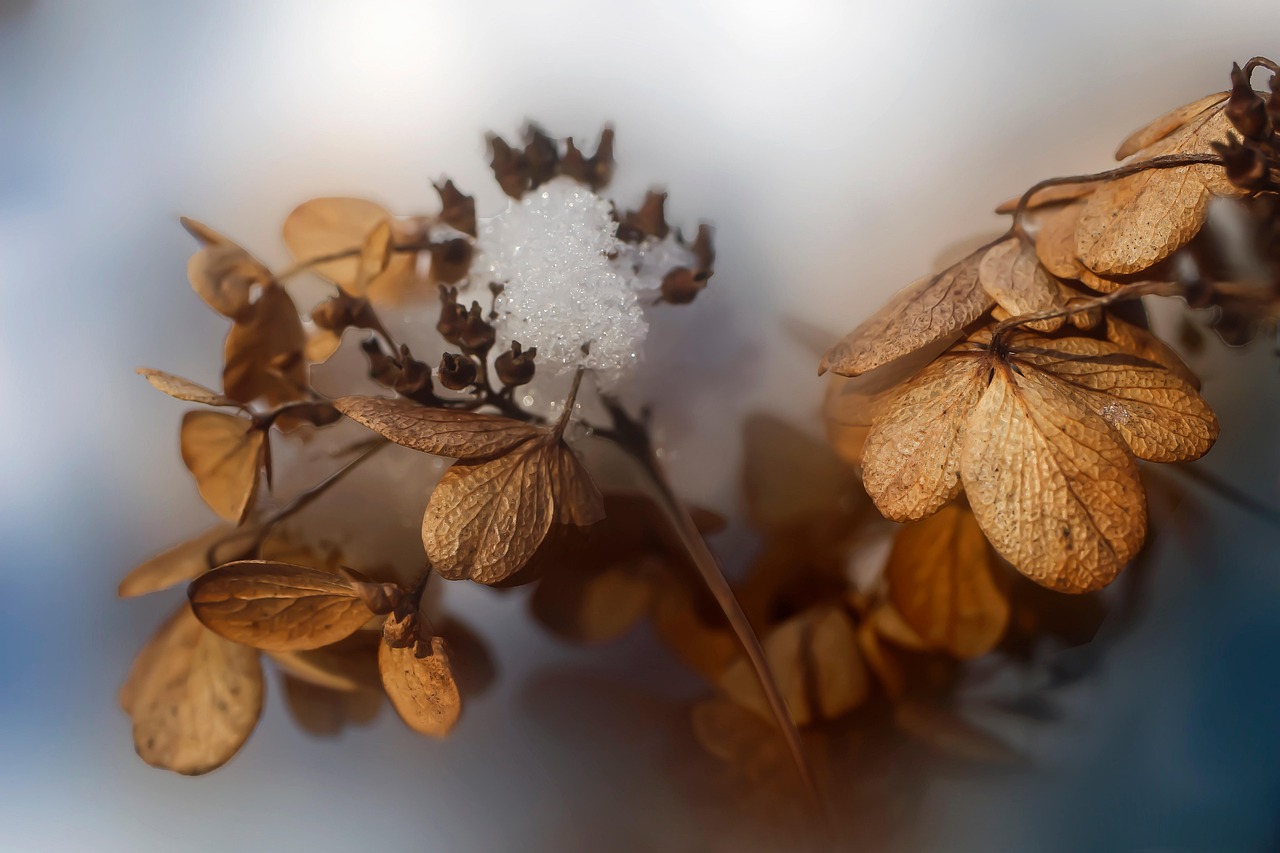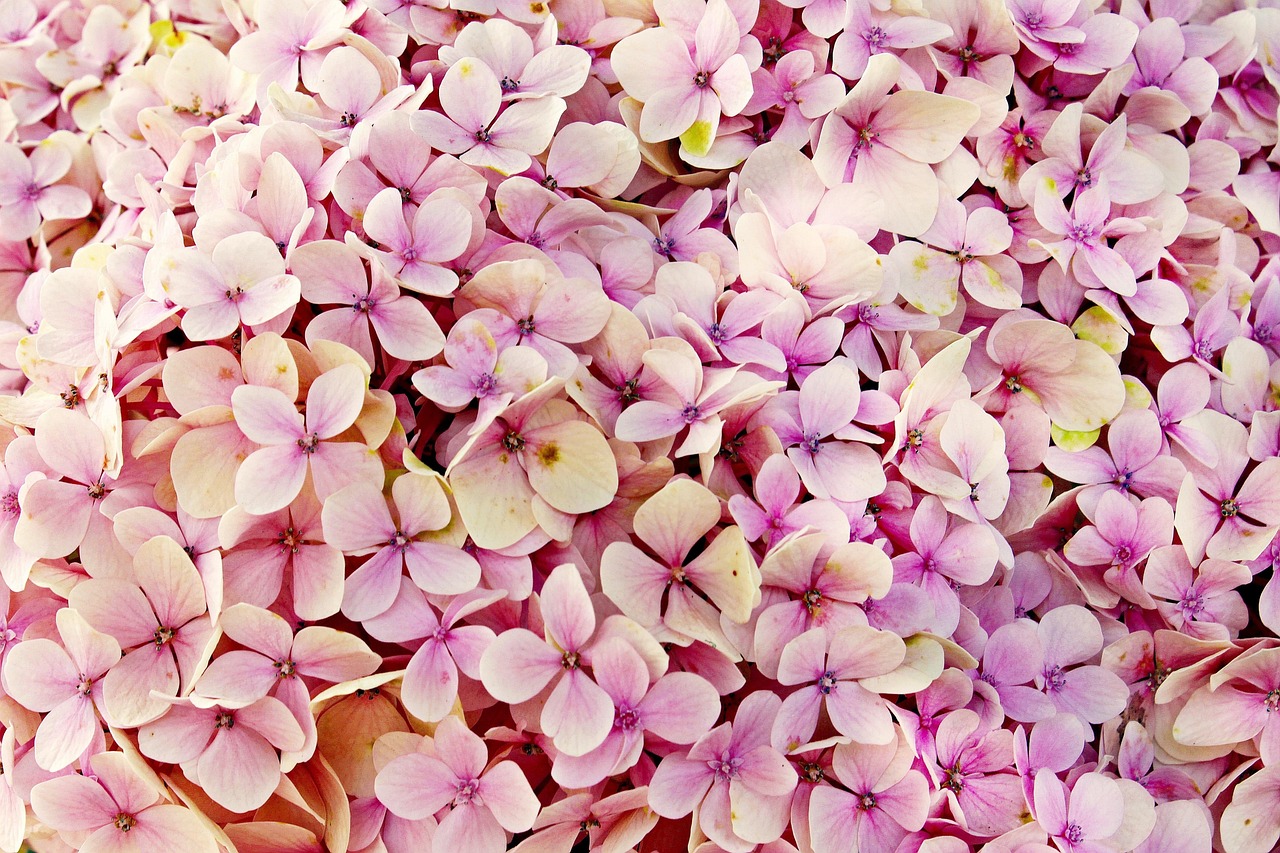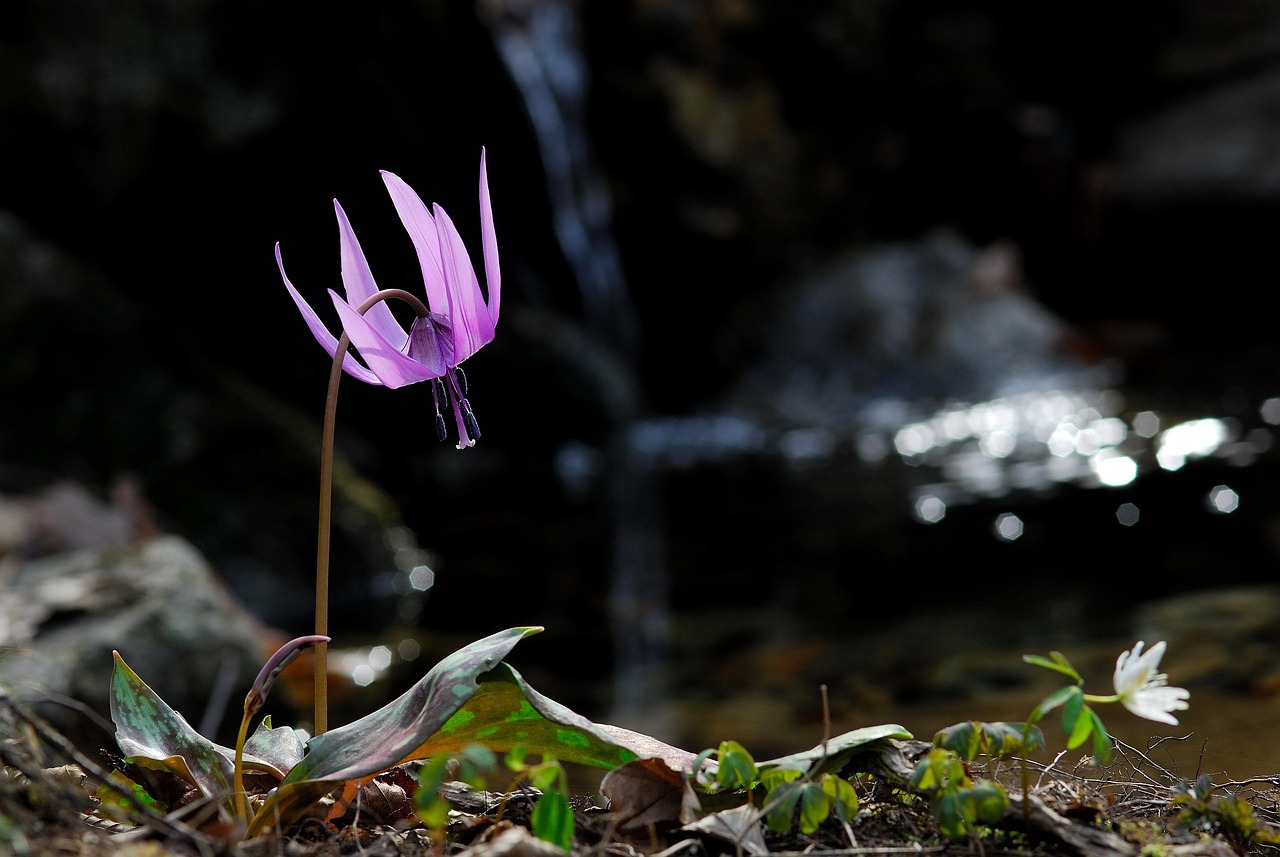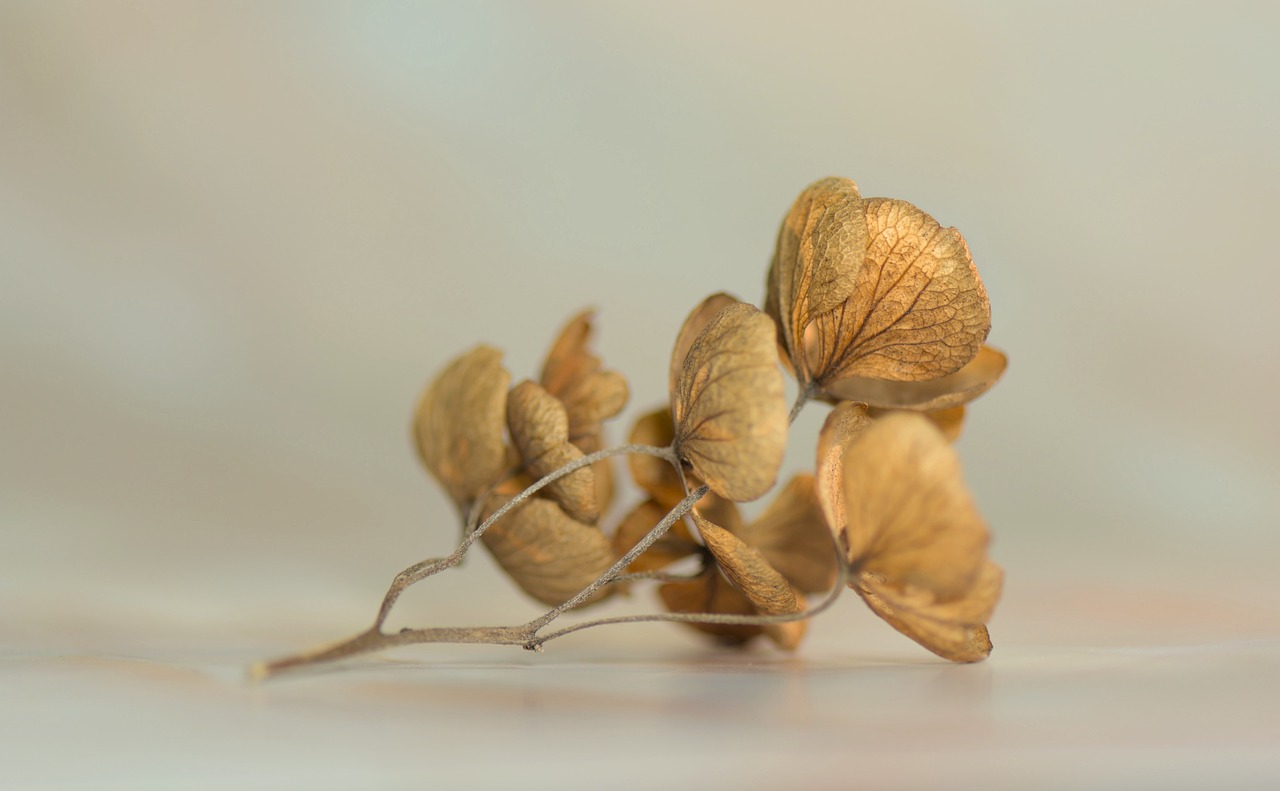Hydrangeas generally grow at a moderate rate, typically reaching their full height in about three to five years. Some varieties can gain up to 2 to 3 feet per year under optimal conditions, while others may grow more slowly, taking longer to mature.
Understanding Hydrangea Growth Rates

Hydrangeas are beloved for their stunning blooms and lush foliage. They are a popular choice among gardeners, but understanding their growth rates is essential for proper care. The growth rate of hydrangeas can vary significantly based on several factors, including the species, environmental conditions, and care practices. Knowing how quickly these plants grow can help gardeners plan their landscapes effectively.
There are several species of hydrangeas, each with unique growth characteristics. Some of the most common types include:
- Bigleaf Hydrangea (Hydrangea macrophylla)
- PeeGee Hydrangea (Hydrangea paniculata)
- Oakleaf Hydrangea (Hydrangea quercifolia)
- Smooth Hydrangea (Hydrangea arborescens)
Each of these species has different growth habits. For example, Bigleaf hydrangeas can be quite vigorous in favorable conditions, while Oakleaf hydrangeas tend to grow more slowly. Understanding the specific type of hydrangea is crucial for setting realistic expectations regarding growth.
The growth rate of hydrangeas can also be influenced by environmental factors. Key aspects include:
- Soil Quality: Hydrangeas thrive in well-drained, nutrient-rich soil.
- Watering: Consistent moisture is vital for healthy growth, but overwatering can cause root rot.
- Sunlight: Most hydrangeas prefer partial shade but some varieties enjoy full sun.
- Climate: Regional climate affects growth rates; warmer climates may promote faster growth.
In addition to environmental conditions, proper care practices play a significant role in the growth of hydrangeas. Regular pruning can encourage new growth and flowering. Fertilization with a balanced fertilizer during the growing season can also boost growth rates.
To illustrate the growth rates of different hydrangea varieties, the following table provides an overview:
| Hydrangea Type | Growth Rate | Mature Height |
|---|---|---|
| Bigleaf Hydrangea | Moderate to Fast | 3 to 6 feet |
| PeeGee Hydrangea | Fast | 8 to 15 feet |
| Oakleaf Hydrangea | Slow to Moderate | 3 to 6 feet |
| Smooth Hydrangea | Moderate | 3 to 5 feet |
Understanding these growth characteristics is essential for anyone looking to cultivate hydrangeas in their gardens. By knowing what to expect, gardeners can make informed decisions about where to plant and how to care for their hydrangeas to ensure healthy and vibrant blooms.
Factors Influencing Hydrangea Growth Rates
Several factors can significantly influence the growth rates of hydrangeas. Understanding these factors helps gardeners create the ideal conditions for their plants. The main influences include soil quality, sunlight exposure, watering practices, and climate. Each plays a crucial role in determining how quickly hydrangeas will grow and thrive.
Soil Quality
The type of soil in which hydrangeas are planted can greatly affect their growth. Hydrangeas prefer well-drained, rich soil that is slightly acidic to neutral. Here are some key aspects to consider:
- Drainage: Good drainage prevents waterlogging, which can lead to root rot. Sandy loam is often ideal.
- Nutrients: Adding organic matter, such as compost, enriches the soil and provides essential nutrients.
- pH Level: A pH level between 5.5 and 7.0 is best for hydrangeas. Test the soil and amend as necessary to achieve this range.
Sunlight Exposure
Hydrangeas have varying light requirements depending on their type. Most prefer partial shade, while some varieties can tolerate full sun. Here are some tips for sunlight exposure:
- Morning Sun: Morning sunlight is beneficial as it helps dry the leaves, reducing the risk of fungal diseases.
- Avoiding Harsh Afternoon Sun: In hotter climates, afternoon sun can scorch leaves, so providing some shade is essential.
- Variety Consideration: Research specific light requirements for the hydrangea variety you are growing.
Watering Practices
Consistent moisture is vital for healthy hydrangea growth. However, both overwatering and underwatering can be detrimental. Consider the following watering practices:
- Frequency: Hydrangeas typically require watering once a week, especially during dry spells.
- Deep Watering: Water deeply to encourage deep root growth. This helps plants withstand dry periods.
- Mulching: Applying mulch around the base of the plants helps retain moisture and regulate soil temperature.
Climate Considerations
The climate in which hydrangeas are planted can affect their growth rates significantly. Different varieties have adapted to various climatic conditions. Here are some climate-related factors to consider:
- Hardiness Zones: Hydrangeas vary in hardiness. Knowing your USDA hardiness zone helps in selecting suitable varieties.
- Temperature Extremes: Extreme cold or heat can hinder growth. Protect plants during harsh weather conditions.
- Humidity Levels: Hydrangeas generally thrive in humid environments, but excessive humidity without air circulation can promote disease.
Common Hydrangea Varieties and Their Growth Characteristics
Diving deeper into specific hydrangea varieties allows gardeners to understand their unique growth characteristics better. Here are a few popular types with their respective growth habits:
- Bigleaf Hydrangea (Hydrangea macrophylla):
- Growth Rate: Moderate to Fast
- Mature Height: 3 to 6 feet
- Flowering Season: Summer to Fall
- PeeGee Hydrangea (Hydrangea paniculata):
- Growth Rate: Fast
- Mature Height: 8 to 15 feet
- Flowering Season: Late Summer to Fall
- Oakleaf Hydrangea (Hydrangea quercifolia):
- Growth Rate: Slow to Moderate
- Mature Height: 3 to 6 feet
- Flowering Season: Early Summer to Fall
- Smooth Hydrangea (Hydrangea arborescens):
- Growth Rate: Moderate
- Mature Height: 3 to 5 feet
- Flowering Season: Summer
This detailed understanding of growth characteristics can guide gardeners in selecting the right hydrangea for their landscape and ensuring optimal growth conditions.

Best Practices for Promoting Healthy Hydrangea Growth
To maximize the growth potential of hydrangeas, gardeners should adopt best practices that encompass planting, care, and maintenance. By following these guidelines, one can ensure vibrant blooms and healthy foliage while fostering quicker growth.
Planting Techniques
Proper planting techniques are crucial for establishing a strong foundation for hydrangeas. Here are some steps to follow:
- Timing: The best time to plant hydrangeas is in the spring or fall. This allows the plants to establish roots before the heat of summer or cold of winter.
- Spacing: Ensure adequate spacing between plants to promote air circulation. Generally, a distance of 3 to 5 feet is recommended depending on the variety.
- Depth: When planting, dig a hole that is twice as wide as the root ball and just as deep. This encourages lateral root growth and helps the plant acclimate.
- Watering Post-Planting: After planting, water thoroughly to help settle the soil around the roots.
Fertilization
Fertilization plays an essential role in hydrangea growth. Providing the right nutrients at the right time can significantly enhance growth rates:
- Type of Fertilizer: Use a slow-release, balanced fertilizer with equal parts nitrogen, phosphorus, and potassium. This promotes overall health and blooming.
- Application Timing: Fertilize in early spring as new growth begins. A second application can be made in mid-summer, particularly for fast-growing varieties.
- Follow Instructions: Always follow the manufacturer’s instructions regarding application rates to avoid over-fertilization, which can harm the plants.
Pruning Techniques
Pruning is another crucial aspect of promoting healthy growth in hydrangeas. It helps shape the plant and encourages new growth. Here are some tips for effective pruning:
- Timing: Prune hydrangeas in late winter or early spring before new growth begins. This timing varies depending on the type of hydrangea.
- Remove Dead Wood: Cut away any dead or damaged branches to encourage healthy growth and flowering.
- Shape the Plant: Trim back excessive growth to maintain a balanced shape. This improves air circulation and light penetration.
Pest and Disease Management
Keeping hydrangeas healthy involves monitoring for pests and diseases that can hinder growth. Here are some common issues and their solutions:
- Pests: Aphids and spider mites are common pests. Use insecticidal soap or neem oil to control infestations.
- Diseases: Fungal diseases such as powdery mildew can occur in humid conditions. Ensure good air circulation and avoid overhead watering to minimize risk.
- Regular Inspections: Regularly inspect plants for signs of trouble. Early detection is key to successful treatment.
The Role of Mulching in Hydrangea Growth

Mulching is a beneficial practice for hydrangea care. It helps retain moisture, suppress weeds, and regulate soil temperature. Here are some advantages of mulching:
- Moisture Retention: Mulch helps retain soil moisture, which is vital for hydrangeas during dry periods.
- Weed Suppression: A layer of mulch prevents weeds from competing for nutrients and water.
- Temperature Regulation: Mulch insulates the soil, keeping it cooler in summer and warmer in winter.
The recommended mulch materials include shredded bark, wood chips, or straw. Apply a 2 to 3-inch layer around the base of the plants, taking care not to pile mulch against the stems.
Seasonal Care Adjustments
Caring for hydrangeas involves making adjustments based on seasonal changes. Understanding how each season affects your plants can help you provide appropriate care:
- Spring: Focus on planting, fertilizing, and pruning. Check for winter damage and remove any dead wood.
- Summer: Maintain consistent watering, especially during dry spells. Monitor for pests and diseases regularly.
- Fall: Begin preparing for winter by mulching and watering well before frost. Avoid heavy pruning until spring.
- winter: Protect plants from extreme cold with mulch and windbreaks if necessary. Avoid fertilization during this dormant period.
By following these best practices throughout the year, gardeners can create an environment conducive to rapid growth and vibrant blooms in their hydrangeas.
Common Challenges in Hydrangea Growth

Even with the best care practices, gardeners may encounter challenges that can affect the growth of hydrangeas. Understanding these common issues allows for proactive measures to ensure healthy plants:
- Overwatering: This can lead to root rot. It is essential to monitor soil moisture and avoid waterlogged conditions.
- Underwatering: Insufficient water can stress plants, leading to wilting and poor growth. Consistent watering is key, especially during hot weather.
- Improper Pruning: Pruning at the wrong time or too aggressively can hinder flowering. Knowing the specific needs of each variety is crucial.
- Pest Infestations: Aphids, spider mites, and other pests can damage plants. Regular inspections and timely interventions are necessary to keep infestations in check.
- Environmental Stress: Extreme temperatures, whether hot or cold, can impact growth. Providing adequate protection against harsh weather is essential.
Addressing these challenges early on can significantly improve the health and growth of hydrangeas, ensuring they thrive in your garden.
Hydrangeas in Different Climates
Another important aspect of hydrangea growth is understanding how climate influences their development. Hydrangeas can adapt to various climates, but certain varieties perform better in specific conditions:
- Tropical and Subtropical Regions: In warmer climates, varieties like PeeGee and Smooth hydrangeas thrive due to their ability to tolerate heat and humidity.
- Temperate Zones: Bigleaf hydrangeas are well-suited for temperate areas where they can enjoy the benefits of a cooler climate while still having adequate moisture.
- Cold Regions: For colder climates, Oakleaf hydrangeas are a suitable choice as they can withstand lower temperatures and still produce beautiful blooms.
By selecting the right variety based on regional conditions, gardeners can enhance growth rates and ensure a successful blooming season.
Final Thoughts
Understanding how quickly hydrangeas grow involves several factors, including species selection, environmental conditions, care practices, and seasonal adjustments. By implementing best practices in planting, watering, fertilization, and pest management, gardeners can create optimal conditions for their hydrangeas.
The growth rates of hydrangeas vary widely depending on the type and care provided. With patience and attention, hydrangeas can flourish, producing stunning blooms that enhance any garden landscape. By being aware of common challenges and making thoughtful choices regarding climate and variety, gardeners can enjoy the beauty of hydrangeas for many years.
In summary, whether you are a novice gardener or have years of experience, the knowledge gained from understanding hydrangea growth rates will empower you to cultivate these beautiful plants successfully. With the right approach, your garden can become a vibrant showcase of hydrangea beauty.
